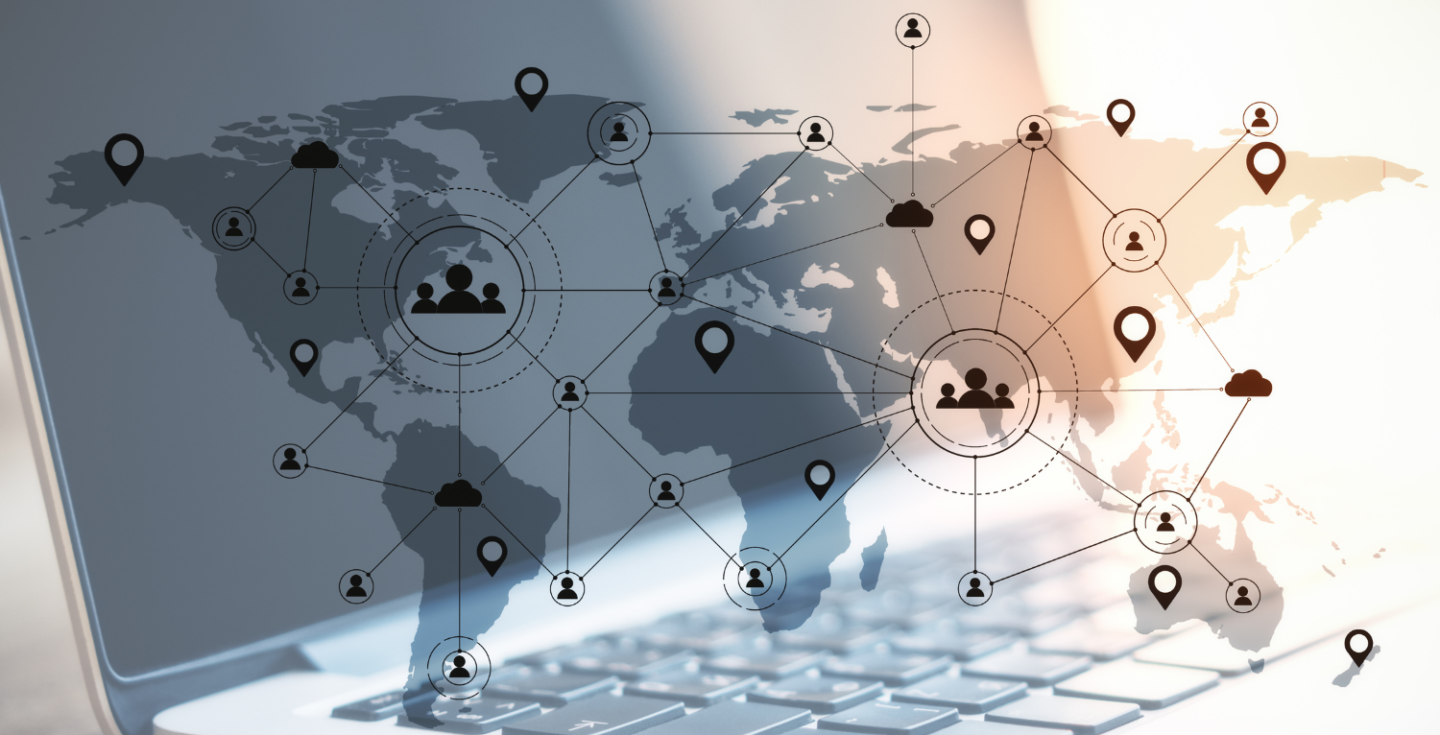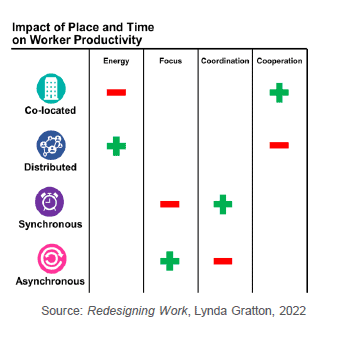Menu

Fundamental Shifts in HR: Part 3, Redefining the Workplace
After discussing the world of HR consulting with Sarah Hamilton-Gill on her podcast, Leap Into HR Consulting, we moved onto looking at the four fundamental shifts that I predict we will be seeing in the near future that HR professionals need to be preparing themselves for.
The first of these shifts was the Workforce Cliff, and the second was the importance of the relationship between humans and technology. This leads me onto my third fundamental – the redefining of the workplace.
The COVID-19 pandemic has led to a fundamental reappraisal of both the Place and Time of work. Pre-pandemic, we were seeing the workplace boundaries of time and geography begin to evaporate as businesses were responding to the increasing pace of organizational change. The pandemic, however, catalysed this shift even further and has seen it accelerate on a global scale.
The most obvious impact has been to the Place of work – pre-pandemic, it was relatively unusual for workers to be working remotely, with Pew Research Center discovering that before early 2020 just 7% of workers worked from home full-time. Now, over one-third (35%) are working remotely on a full-time basis, with many more employed on hybrid contracts.
This forced reinvention of the Place of work has now spawned a reappraisal of Time of work. Before lockdown workers synchronized their time with colleagues by working the same set office hours which would be punctuated by face-to-face meetings. However, with the introduction of home working came the ability for these individuals to flex their working hours to accommodate their personal schedules.
This led to the realization that asynchronous work – work that is done independently from others – was not only possible, but often more productive.
So, what are the implications of Place and Time for HR?

As Lynda Gratton explores in her book Redesigning Work, there is no one-size-fits-all solution to optimizing Place and Time in the workplace. Instead, HR needs to assess the positives and negatives of each to determine the opportunities that can be created – and the trade-offs that would be made.
And now, as Place and Time become more flexible, so do the importance of policies that are applicable on a global scale. With the boundaries of Place and Time being broken down by remote work, employees can now operate from anywhere in the world, meaning that asynchronous working patterns may soon become the normal style of work. Therefore, employers who are actively engaged with optimizing their Place and Time, as well as harnessing AI-driven technologies to help employees become their best selves, are the ones who will find themselves at a more comfortable distance from the edge of the Workforce Cliff. If you would like to discuss how to begin strategizing – and optimizing – the Place and Time of your workplace, please get in touch with me at david@orgshakers.com

David Fairhurst is the Founder of OrgShakers. He is widely considered to be one of the world’s leading HR practitioners and is a respected thought leader, business communicator, and government advisor.



